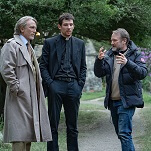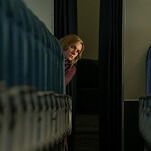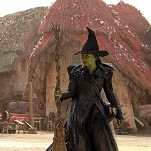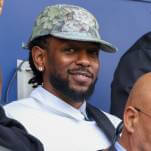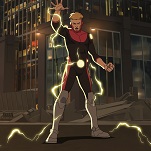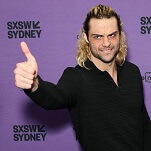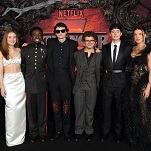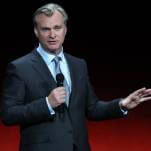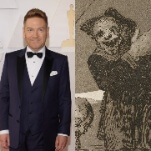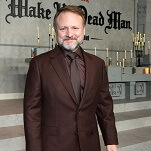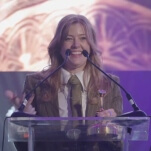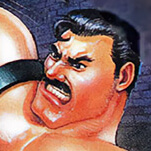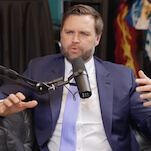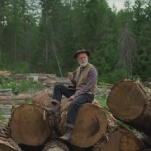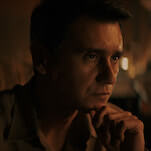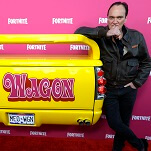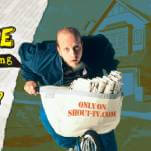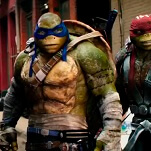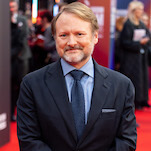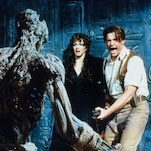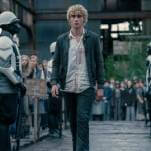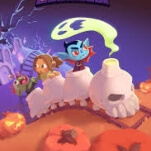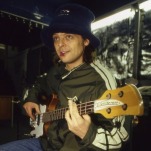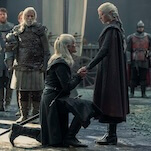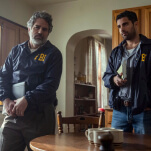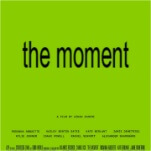Daily Buzzkills: Funeral Friday

Congratulations on making it to the end of another week. Unfortunately, these people didn't. Light a candle for Funeral Friday.
In the late ’70s and early ’80s, Hollywood films began putting two kinds of faces on the still-festering bitterness over Vietnam: the wounded (physically or psychologically) veteran struggling to readjust, and the loose cannon vigilante who puts his military training and mutable sense of justice to work waging war against society. In his day, actor Robert Ginty played both sides of this now-familiar archetype, first by turning up as a buddy of Bruce Dern’s in Hal Ashby’s Coming Home, then by starring in what would prove to be his most defining role, The Exterminator. The 1980 film found Ginty’s soldier-turned-warehouse-worker taking up arms—and at one point, a flamethrower—against various dregs of New York society, including street gangs, mobsters (one of whom he memorably fed through a meat grinder), and members of a child prostitution ring. It was a surprise box office hit, briefly positing Ginty as an action movie star on par with Stallone, Eastwood, Bronson, et al., and even spawning a 1984 sequel (which was perhaps most notable for the feature debuts of both Arye Gross and John Turturro). While that franchise never took off the way, say, Death Wish did, Ginty did carve out a respectable career playing similarly rugged, usually ex-military hard-asses in very-’80s action films like The Mission… Kill, Code Name Vengeance, Out On Bail, and The Bounty Hunter (which he also wrote and directed), in addition to playing his tough guy persona for laughs in HBO mainstay comedies like Loverboy and Madhouse.
Ginty was also a familiar face on television, having gotten his first big break opposite Robert Conrad in the WWII drama Baa Baa Black Sheep, then moving on to a significant role on The Paper Chase. In the late ’80s and early ’90s, Ginty returned to TV with an occasional part on dramas like Falcon Crest, Murder, She Wrote, and Baywatch Nights, but by this time he’d moved on to a new diversion: directing shows like Dream On (for which he received an ACE Award nomination), China Beach, Nash Bridges, Xena: The Warrior Princess, and Charmed. In recent years, he had moved on to doing experimental theater in far-flung locales like Ireland and Italy, most recently directing a “hip-hop” version of A Clockwork Orange in Toronto. (Ginty is also the father of actor James Francis Ginty, currently starring in Surrogates.) He died of cancer this week at the age of 60.
Jazz vocalist Chris Connor had a smooth, romantic way with the popular songbook that earned her comparisons to Peggy Lee (a childhood idol), Anita O’Day, and June Christy, but although her albums and singles sold well enough, she never quite achieved the same esteem—a fate many would attribute to baffling business decisions and her brief descent into alcoholism. Born Mary Loutsenhizer, she got her first big break performing with Claude Thornhill’s group, The Snowflakes, before one of her radio broadcasts caught the ear of June Christy, who recommended Connor as her replacement in The Stan Kenton Orchestra, one of the most popular bands of the 1940s. Connor officially joined the group in 1953, recording several hit renditions of standards like, “Jeepers Creepers” and “Nobody Knows The Trouble I’ve Seen,” as well as what would become her signature song, “All About Ronnie.”
Despite their success, Connor abruptly left Stan Kenton’s band after less than six months; she went solo with a series of albums for Bethlehem Records before becoming the first white female jazz singer signed to Atlantic. Unfortunately, she left before Ray Charles and other R&B artists would turn Atlantic into a national powerhouse, choosing instead to sign with her manager’s independent label, FM. (Even sadder, most of those master tapes from her Atlantic days—including scores of unreleased tracks—were later destroyed in a 1978 warehouse fire.) She recorded two albums for the perpetually troubled FM, one of which was never even released when FM declared bankruptcy. From there it was a descent into obscurity as jazz artists slowly became obsolete, which Connor dealt with by drinking heavily and recording the odd album for smaller and smaller labels. However, she experienced a bit of a comeback in the ’70s, working with Kenton again and Maynard Ferguson, and touring big stages around the world—including the Kennedy Center and Carnegie Hall. Her final show was a 2004 New York appearance, fittingly enough, sharing the bill with O’Day. Connor died of cancer this week at the age of 81.
